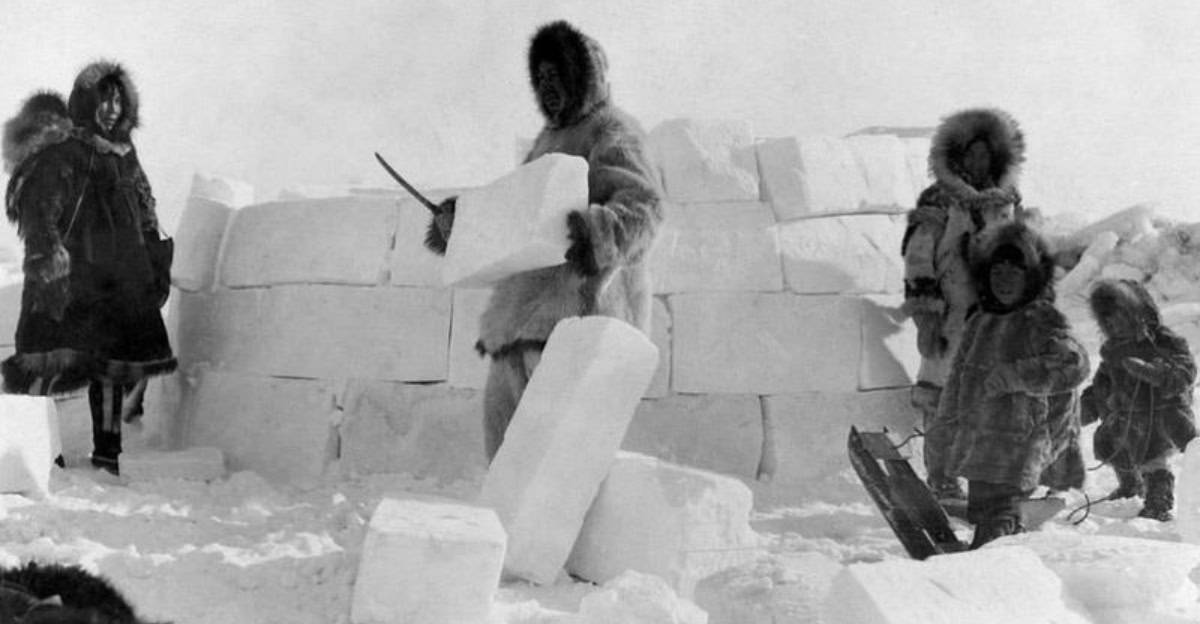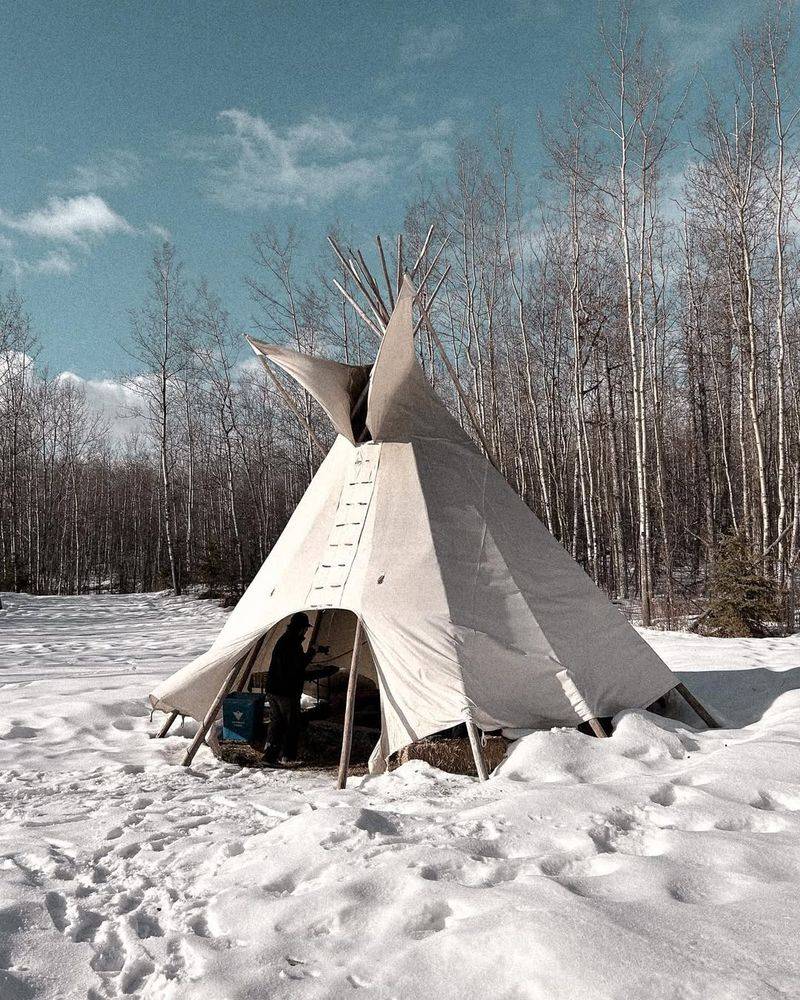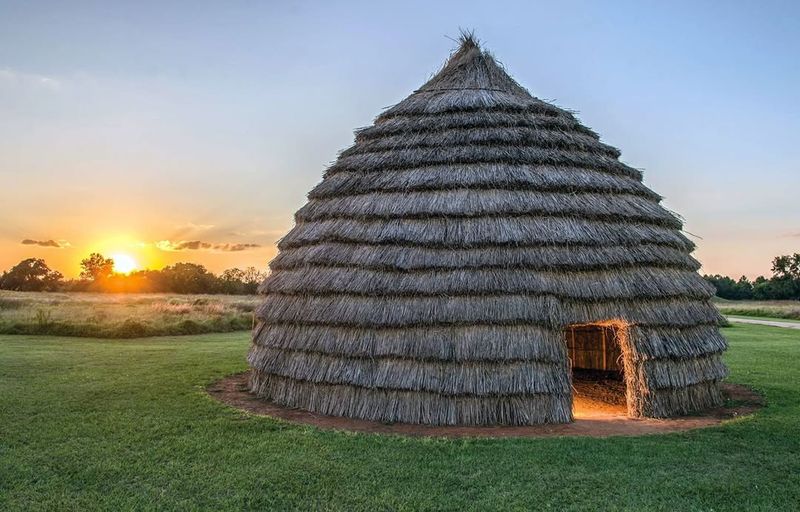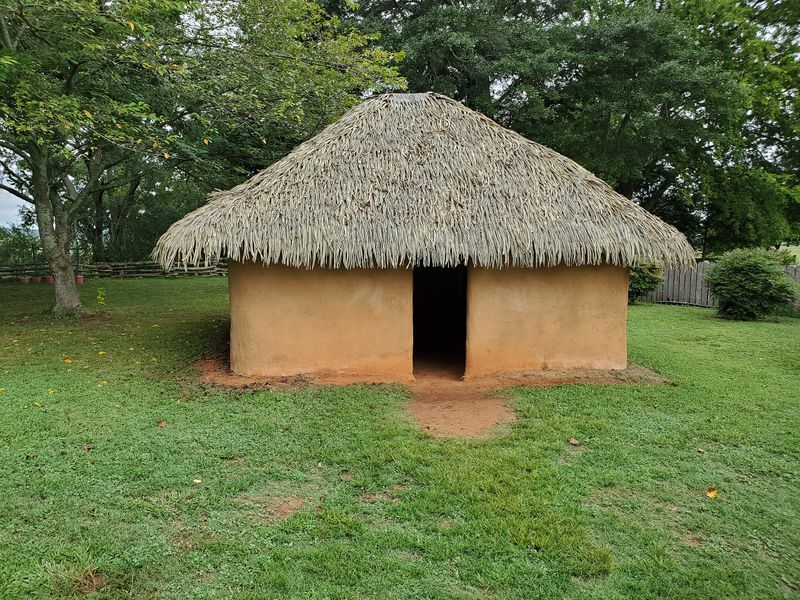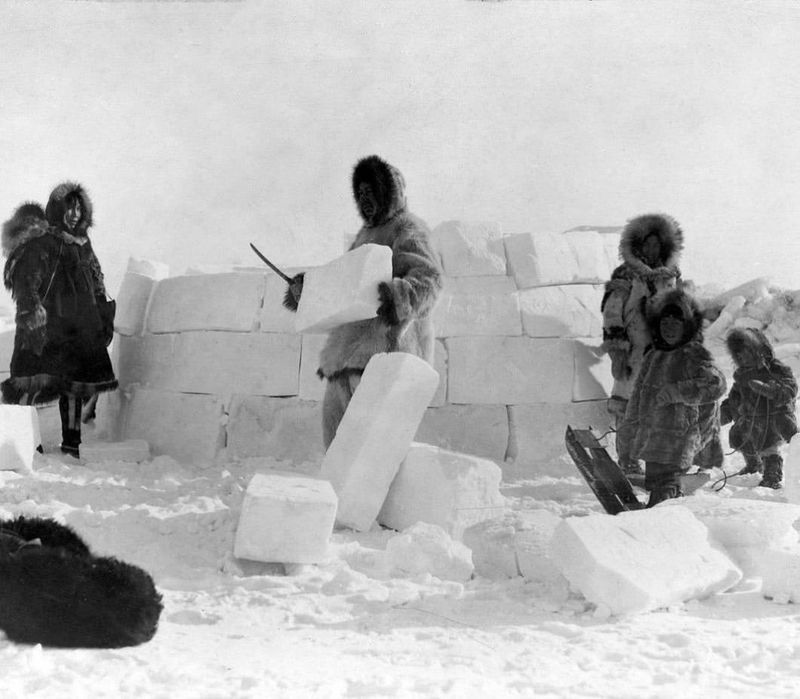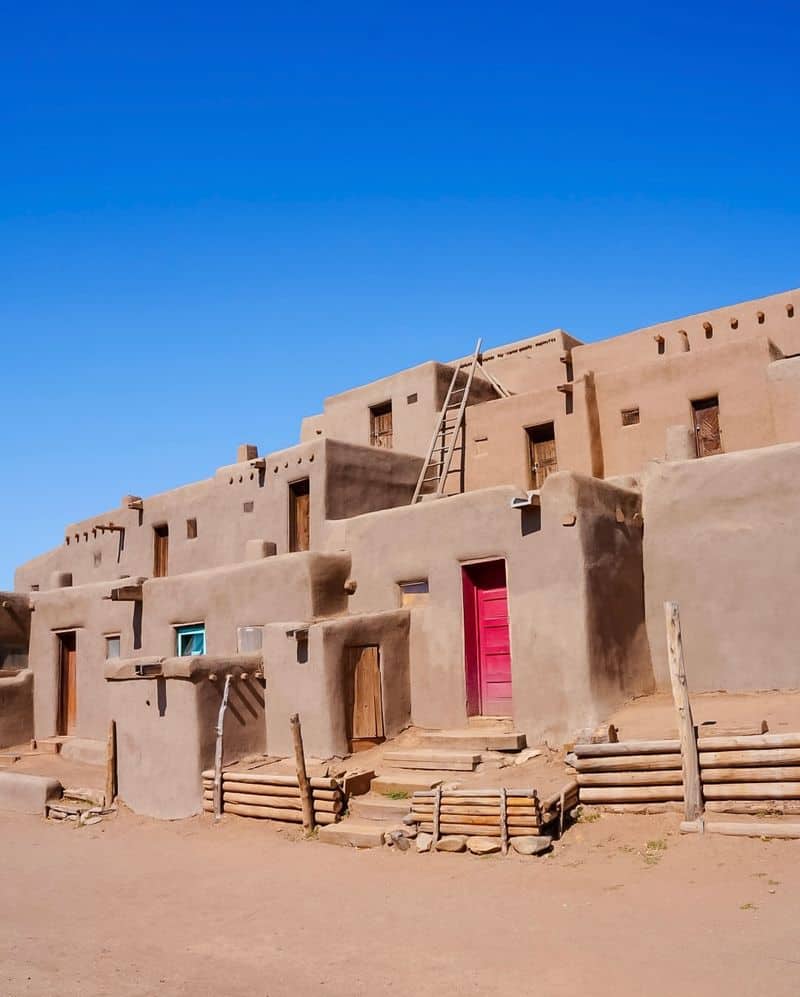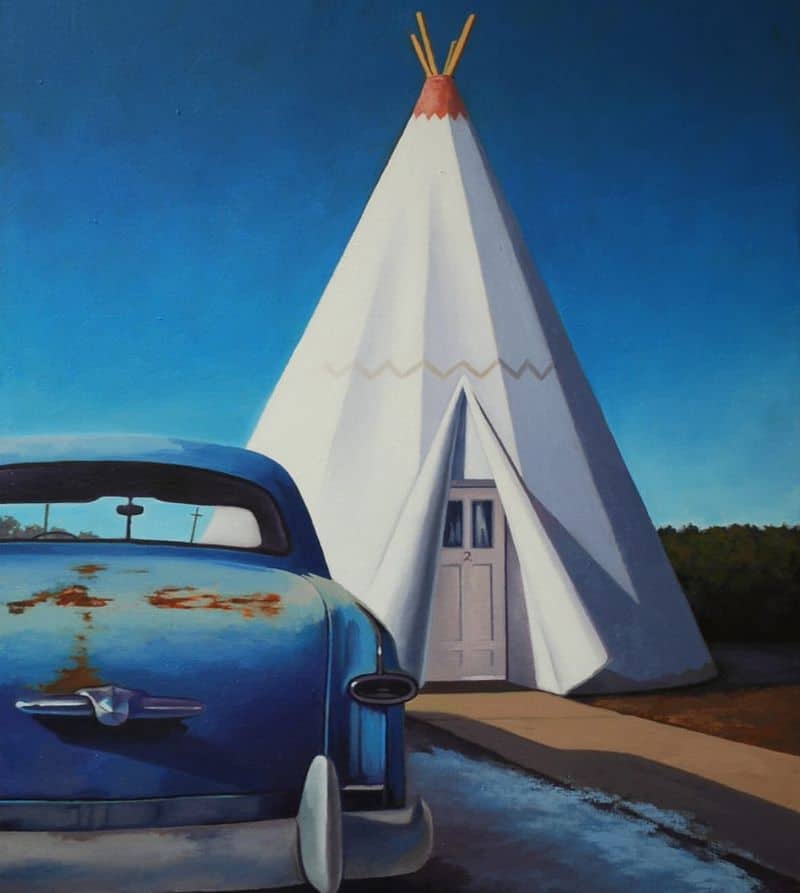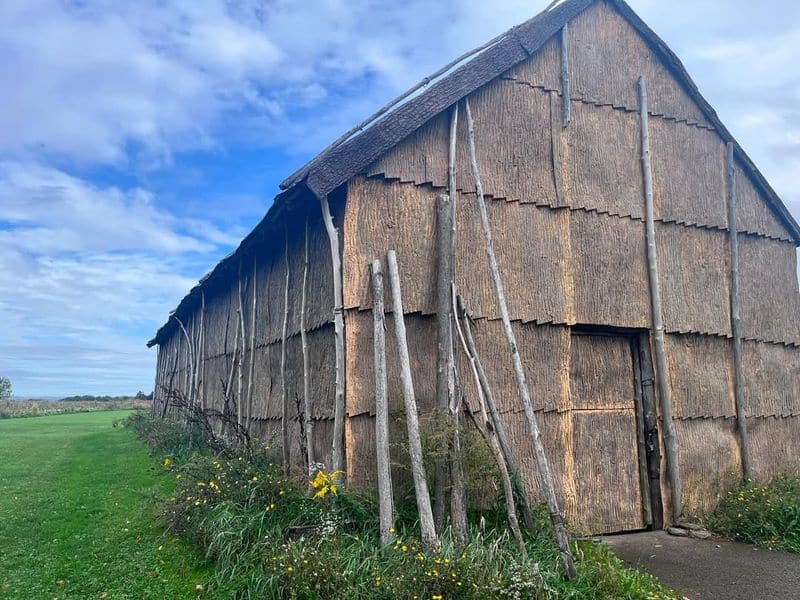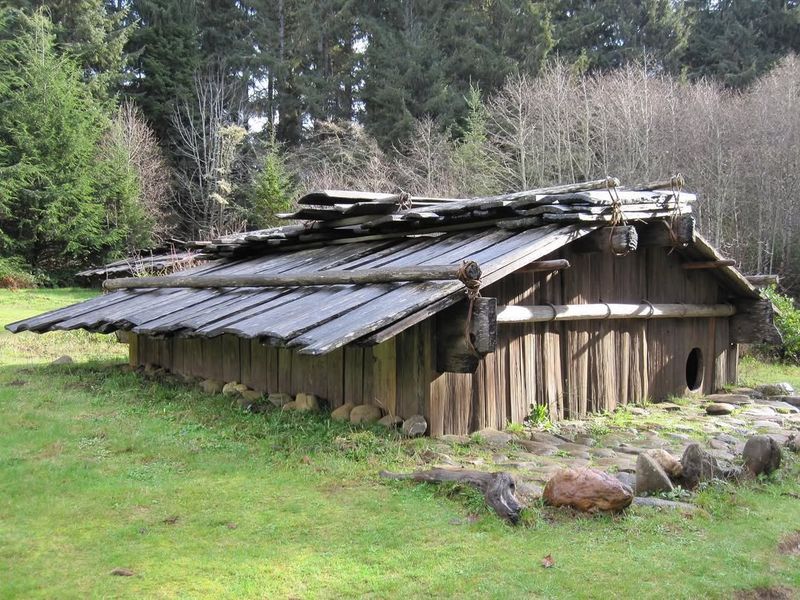Native American homes were not just shelters but marvels of architectural ingenuity.
With clever designs and sustainable materials, these homes were tailored perfectly to their environments, showcasing a deep understanding of nature and community living.
This article explores 8 distinct types of native homes, each with its unique flair and functionality. Prepare to be amused by witty titles and fascinated by the brilliant design of each home.
From the ingenious Tipis to the robust Plank Houses, discover how these homes were truly ahead of their time in their innovation and relevance.
1. Tipis: The Original Pop-Up Tent
Tipis are the quintessential mobile homes. Crafted from wooden poles and buffalo hide, they were designed for the nomadic lifestyle.
The conical shape makes them aerodynamic, perfect for windy plains. Inside, a central fire pit provides warmth and a smoke hole ensures ventilation.
Unlike modern tents, tipis can withstand harsh weather. Quick to assemble and disassemble, they were the perfect companions for indigenous tribes following bison herds.
Envision a cozy night inside with the soft glow from the fire, as the stars sparkle overhead.
Tipis embody simplicity and efficiency, an engineering feat of their own kind.
2. Grass Houses: Nature’s Insulation
Grass houses are nature’s way of keeping cool. These homes, constructed primarily from bundled grass, are excellent insulators.
Their dome-like structure helps in maintaining a stable interior temperature. Grass houses were prevalent among tribes in warmer climates where timber was scarce.
The thick thatched exterior provides natural cooling, even during hot summers. It’s like living in a natural, eco-friendly air-conditioned space!
Picture lounging inside, shielded from the blazing sun, as a gentle breeze flows through.
Grass houses, with their green credentials, are a testament to sustainable living long before it became trendy.
3. Wattle-and-Daub Houses: The Clay Masterpiece
Wattle-and-daub houses are architectural artworks. Crafted with woven wooden strips (wattle) and covered with a mixture of clay and straw (daub), they stand as firm as a rock.
These homes were popular in areas where wood was plentiful.
They were like ancient adobe homes—cool in summer, warm in winter. The clay plaster not only insulates but also makes them incredibly durable.
Imagine a cozy retreat with rustic charm, surrounded by the scent of fresh earth. The wattle-and-daub house is a perfect blend of nature and craftsmanship, offering comfort and style in one package.
4. Igloos: The Art of Ice
Igloos are the ice castles of the Arctic. Made from compacted snow blocks, they trap warmth inside despite frigid temperatures outside.
The dome shape, an engineering marvel, evenly distributes wind pressure, preventing collapse.
Ice, surprisingly, is a great insulator. Inside, temperatures can be much warmer than outside, creating a cozy haven. Imagine the ethereal glow of the northern lights shimmering above.
Igloos reflect the ingenuity of the Inuit people, transforming a barren icy landscape into a comfortable home. These shelters are a testament to human resourcefulness in adapting to extreme climates.
5. Pueblos: The Ancient Apartments
Pueblos are the skyscrapers of ancient times. Built from adobe—sun-dried earth and straw—they rise in multi-storied magnificence.
These homes were predominantly found in the Southwest, perfectly suited for desert climates.
Their thick walls keep interiors cool during the day and warm at night. Picture these majestic buildings under the fiery desert sunset, exuding a mystical aura.
Pueblos are community-centric, with shared spaces and terraces. They represent a harmonious blend of architecture and communal living, perfectly adapted to their natural surroundings.
6. Wigwams: The Woodland Wonder
Wigwams are the hidden gems of the forest. Their dome-shaped structures, covered with bark or mats, blend seamlessly with woodland environments. These homes were prevalent among tribes in forested areas.
With their flexible design, wigwams can be adapted to different climates, ensuring comfort year-round. Imagine a serene hideaway amidst towering trees, warmed by a crackling fire inside.
Wigwams offer a connection to nature, harmonizing with the earth’s rhythms and the surrounding landscape.
They embody the spirit of adaptability and the art of living in harmony with the environment.
7. Longhouses: The Communal Mansions
Longhouses are the communal mansions of the past. These elongated homes, constructed from wooden frames and bark, housed multiple families.
Often found in the Northeastern regions, they were perfect for community living.
Inside, spaces were divided into compartments for families, with a central corridor. It was like living in a bustling, vibrant community hub.
Envision a lively household, with the aroma of cooked meals wafting through. Longhouses are a symbol of unity and shared existence, showcasing the essence of togetherness and cooperation.
8. Plank Houses: The Timber Titans
Plank houses stand as the timber titans of the Pacific Coast. Made from massive wooden planks, these homes are as sturdy as they look. They were primarily built by tribes in forest-rich coastal areas.
Their robust structure provided shelter from harsh coastal winds, and the spacious interiors hosted large gatherings. Imagine a room filled with intricate carvings, each telling a story of its own.
Plank houses represent resilience and craftsmanship, a perfect fit for their lush, wooded environment.
They capture the imagination with their formidable presence and cultural significance.

